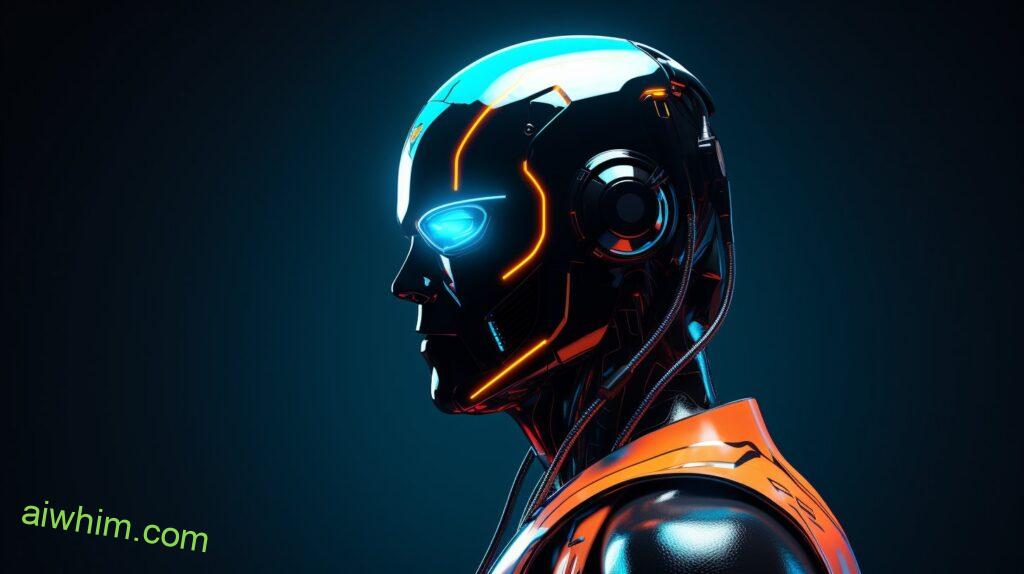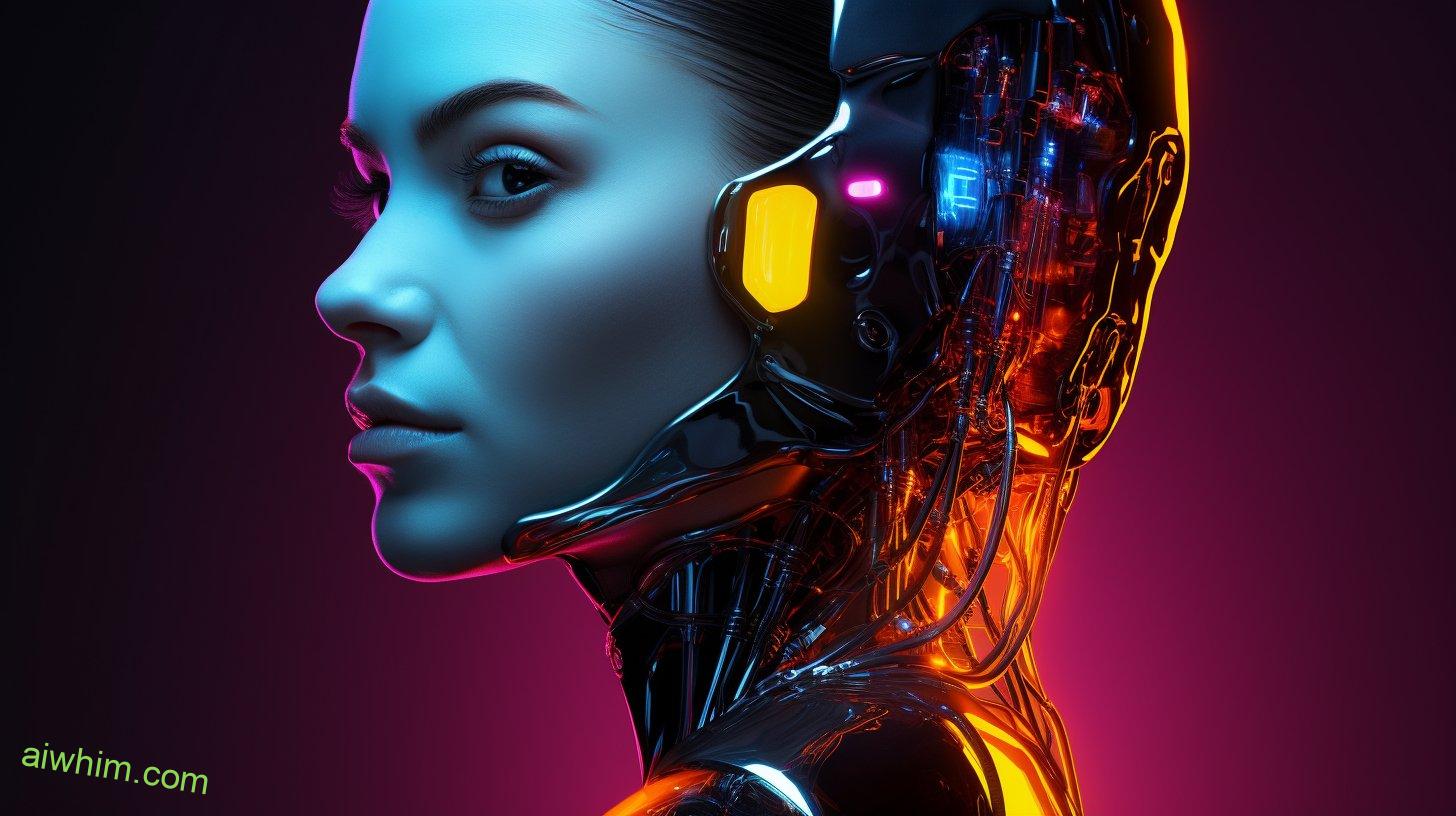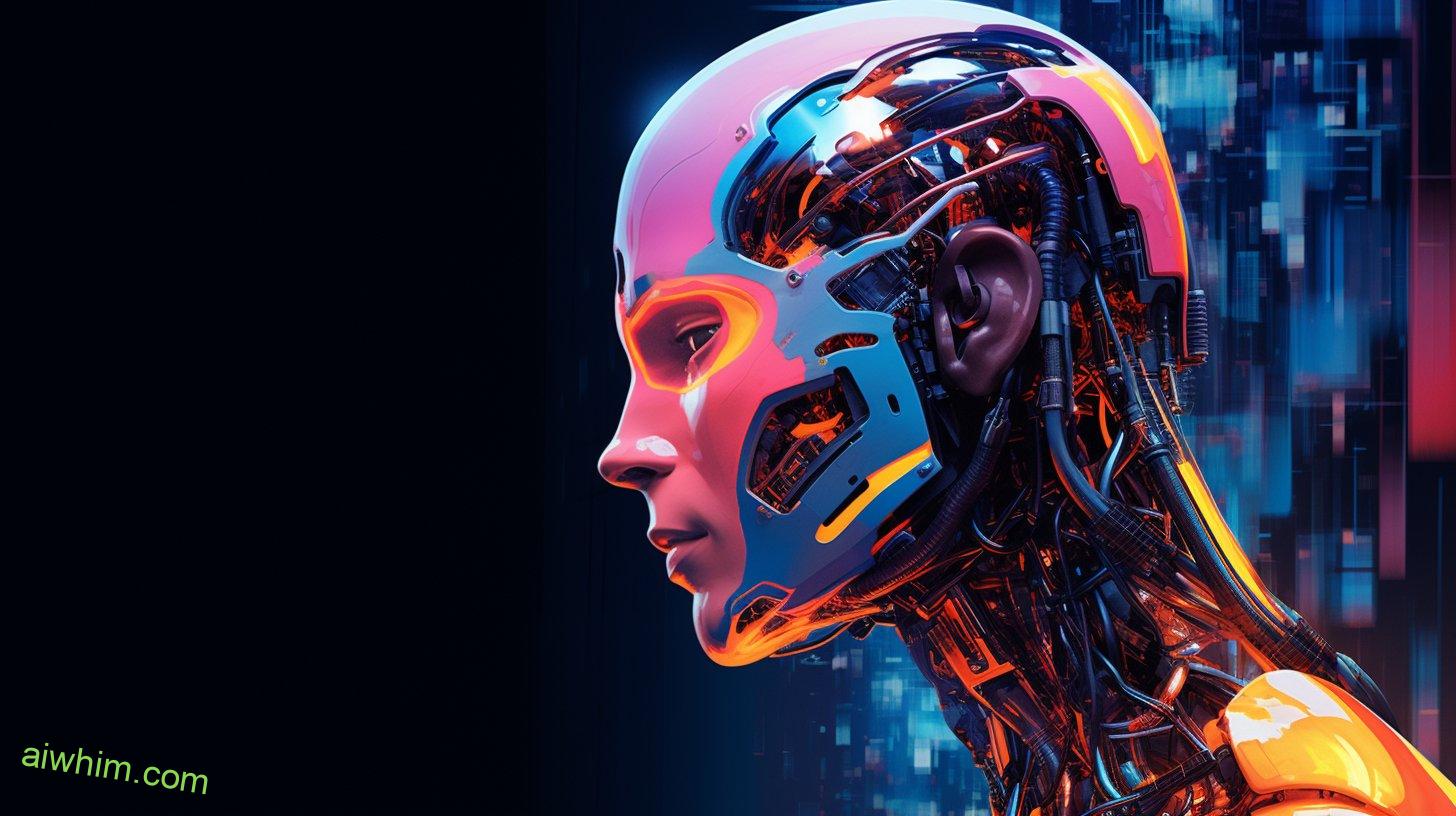Are you curious about how artificial intelligence (AI) is impacting the job landscape of sheet metal workers? With advancements in technology, AI has begun to revolutionize various industries, including manufacturing.
In this discussion, we will explore the ways in which AI is reshaping the role of sheet metal workers and the implications it holds for the future. From increased precision in fabrication processes to AI-powered design and modeling tools, the impact of AI on sheet metal manufacturing is undeniable.
But what does this mean for the workers in this field? Stay tuned as we delve into the job shift that AI is bringing about in the sheet metal industry and the potential opportunities and challenges it presents.
Key Takeaways
- Automation and AI integration in sheet metal work lead to increased efficiency, productivity, and safety.
- The reshaping of job roles and responsibilities presents opportunities for creativity, innovation, and collaboration between workers and AI systems.
- AI-driven quality control improves accuracy, efficiency, and reduces defects and rework in sheet metal production.
- Training and upskilling programs are necessary for workers to adapt to the age of AI and stay updated with the latest advancements in technology.
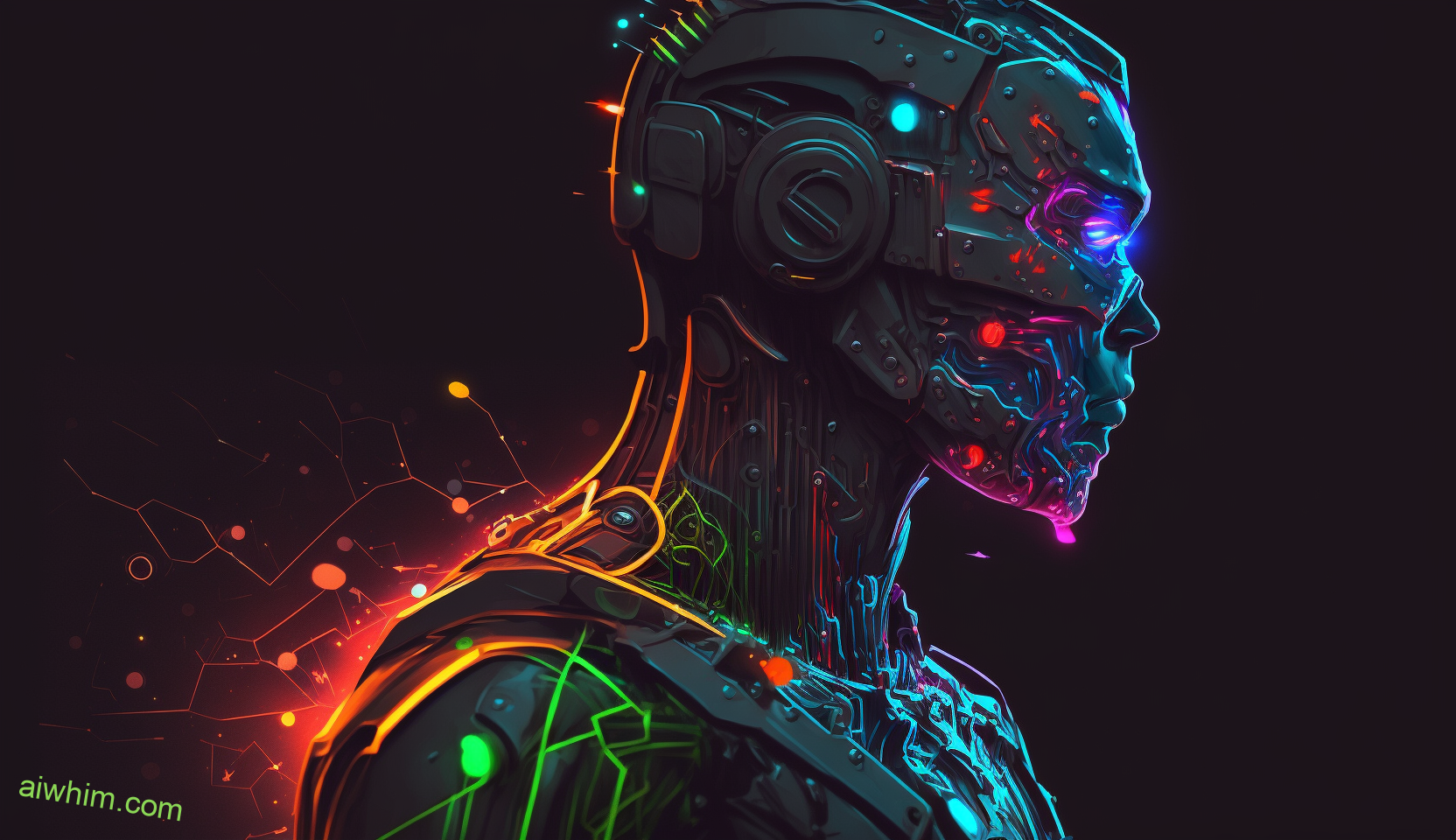
Automation in the Sheet Metal Industry
Automation has significantly transformed the sheet metal industry, revolutionizing the way you carry out your tasks. With the rise of automation, you can now experience the benefits of increased efficiency, higher productivity, and improved safety in your work. By incorporating automated processes and machines, you can save time and effort, allowing you to focus on more complex tasks that require your expertise and creativity.
One of the major benefits of automation in the sheet metal industry is the ability to complete tasks at a faster pace. Automated machines can perform repetitive tasks with precision and speed, reducing the time it takes to complete projects. This allows you to handle more projects in a shorter amount of time, increasing your overall productivity.
Moreover, automation also enhances safety in the sheet metal industry. By taking over hazardous tasks, such as heavy lifting or operating dangerous machinery, automated systems reduce the risk of accidents and injuries. This not only protects your physical well-being but also gives you peace of mind, knowing that you’re working in a safer environment.
However, integrating artificial intelligence (AI) into the sheet metal industry does come with its challenges. One of the main hurdles is the initial investment required to adopt automated systems and machinery. Upgrading your equipment and training your workforce to operate these new technologies can be costly. Additionally, there may be a learning curve associated with AI integration, as you and your colleagues need to adapt to new processes and workflows.

Increased Precision Through AI Technology
AI technology has revolutionized the sheet metal industry by significantly increasing precision in various tasks. With the introduction of AI-powered systems, sheet metal workers can now achieve improved efficiency and cost savings like never before.
One of the key advantages of AI technology in the sheet metal industry is its ability to enhance precision during the fabrication process. AI algorithms analyze complex data sets and make precise calculations, allowing for more accurate measurements and cuts. This level of precision ensures that each sheet metal piece is produced with utmost accuracy, minimizing errors and reducing material waste. As a result, companies can save on costs related to rework and scrap, leading to significant cost savings in the long run.
Moreover, AI technology enables real-time monitoring and adjustment of sheet metal fabrication processes. By integrating AI systems with sensors and monitoring devices, manufacturers can closely track variables such as temperature, pressure, and speed. Any deviations or anomalies can be immediately detected, allowing for prompt adjustments to maintain optimal conditions. This level of control not only ensures consistent quality but also improves overall efficiency by preventing errors or delays.
Furthermore, AI-powered machines can perform complex tasks with high precision, reducing the need for manual labor. This not only accelerates the production process but also minimizes the risk of human error. With AI technology handling intricate tasks, sheet metal workers can focus on more creative and supervisory roles, adding value to the production chain.

Streamlining Fabrication Processes With AI
With the increased precision and efficiency brought about by AI technology in the sheet metal industry, it’s now possible to streamline fabrication processes like never before. AI has revolutionized the way sheet metal workers operate by increasing productivity and optimizing resource allocation.
By harnessing the power of AI, fabrication processes can be automated and streamlined, eliminating the need for manual labor in certain areas. AI-powered robots can perform repetitive tasks with speed and accuracy, reducing the time and effort required by human workers. This allows sheet metal workers to focus on more complex and strategic aspects of their work, leading to increased productivity overall.
AI technology also plays a crucial role in optimizing resource allocation. By analyzing data and patterns, AI systems can determine the most efficient use of materials and equipment. This not only reduces waste but also ensures that resources are allocated in a way that maximizes output and minimizes costs. With AI, sheet metal workers can avoid unnecessary delays and bottlenecks in the fabrication process, leading to faster and more efficient production.
Furthermore, AI-powered systems can provide real-time monitoring and analysis of the fabrication process. This allows for immediate identification of any issues or inefficiencies, enabling prompt corrective actions. By continuously learning and adapting, AI systems can continuously improve the fabrication process, resulting in even greater productivity gains over time.

AI-Powered Design and Modeling Tools
Design and modeling tools powered by AI technology have revolutionized the sheet metal industry. These advanced tools have brought a new level of efficiency and precision to the design and manufacturing process, allowing sheet metal workers to create complex and intricate structures with ease. Here are five ways in which AI-powered design and modeling tools have transformed the sheet metal industry:
- Increased Speed: With the integration of AI in sheet metal design, tasks that once took hours or even days to complete can now be accomplished in a fraction of the time. AI algorithms can quickly analyze design requirements and generate optimized solutions, saving valuable time for sheet metal workers.
- Improved Accuracy: AI-powered tools have significantly increased the accuracy of sheet metal design and modeling. By leveraging machine learning algorithms, these tools can predict and correct potential errors, ensuring that the final product meets the highest quality standards.
- Enhanced Customization: AI-powered manufacturing tools enable sheet metal workers to easily customize designs according to specific requirements. Whether it’s creating unique shapes or adapting existing designs, AI algorithms can assist in generating tailor-made solutions for each project.
- Streamlined Collaboration: With AI-powered design and modeling tools, collaboration between different teams and departments has become seamless. These tools allow for real-time sharing and editing of designs, enabling effective communication and coordination among all stakeholders.
- Reduced Waste: By optimizing material usage and minimizing design flaws, AI-powered tools contribute to waste reduction in sheet metal manufacturing. This not only leads to cost savings but also aligns with the desire for environmental sustainability.
The integration of AI in sheet metal design and modeling has opened up new possibilities and empowered sheet metal workers to achieve greater levels of efficiency, accuracy, and customization. As the industry continues to embrace these advanced tools, the future of sheet metal manufacturing looks promising, offering endless opportunities for creativity and innovation.
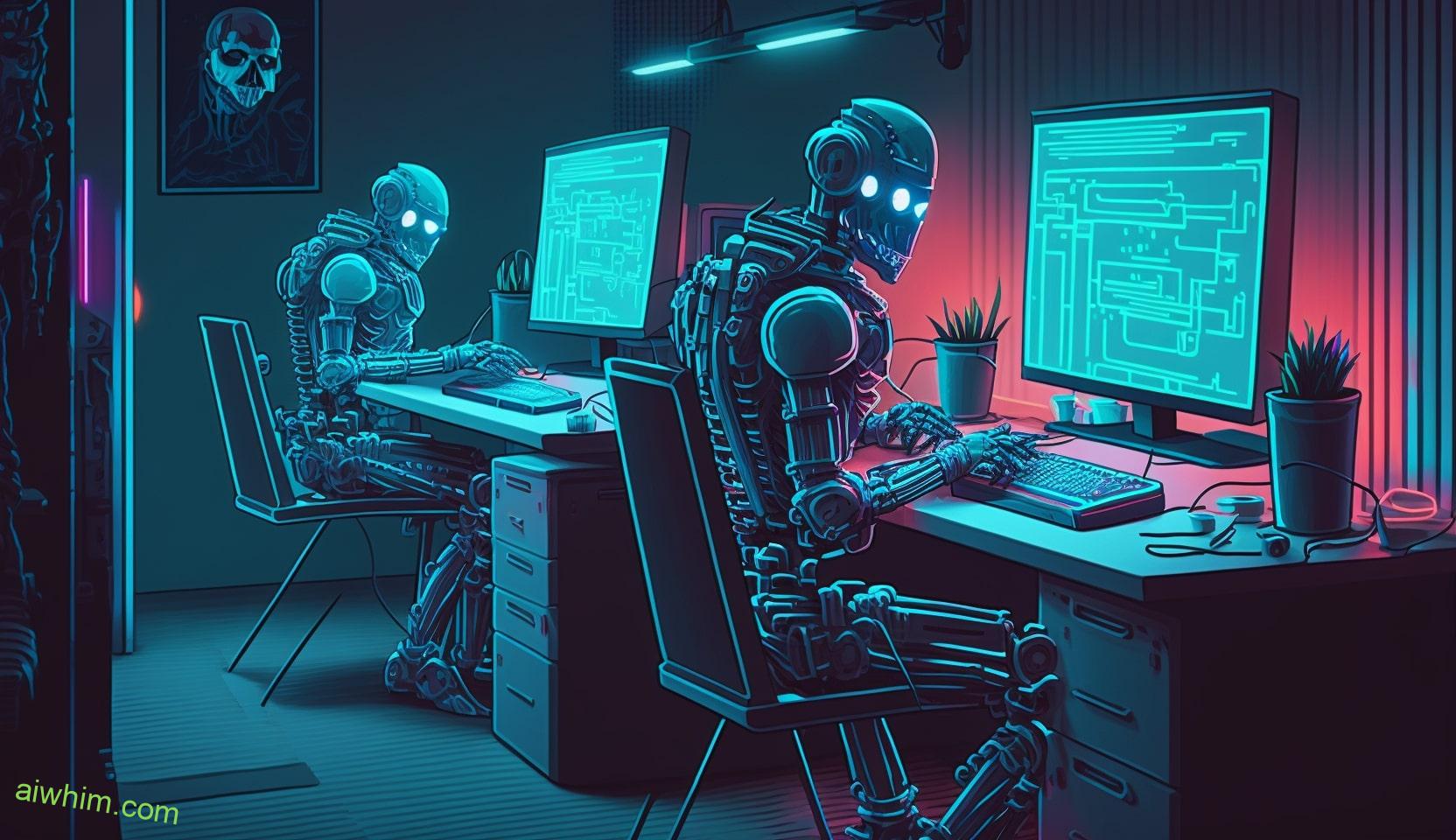
Impact of AI on Sheet Metal Manufacturing
The integration of AI-powered design and modeling tools has revolutionized the sheet metal industry, transforming the way sheet metal manufacturing is conducted. This advancement has had a significant impact on job satisfaction and economic implications within the industry.
With the introduction of AI in sheet metal manufacturing, tasks that were once time-consuming and labor-intensive can now be automated, leading to increased productivity and efficiency. AI-powered machines can analyze large amounts of data and make precise calculations, resulting in improved accuracy and reduced errors in the manufacturing process. This not only saves time but also reduces material waste, ultimately leading to cost savings for the company.
However, the introduction of AI technology in sheet metal manufacturing has raised concerns about job displacement. As AI-powered machines take over repetitive and mundane tasks, the role of sheet metal workers is evolving. Instead of performing manual labor, workers are now responsible for overseeing and monitoring the AI systems, ensuring their proper functioning and making adjustments when necessary. While this shift in job roles may lead to a decrease in the number of sheet metal workers required, it also presents new opportunities for skill development and career growth.
Despite the potential job displacement, the impact of AI on job satisfaction in the sheet metal industry can be positive. By automating repetitive tasks, workers can focus on more complex and creative aspects of their work. This can lead to greater job satisfaction and a sense of fulfillment in their roles. Additionally, the increased productivity and efficiency resulting from AI integration can contribute to the overall success and stability of the company, providing workers with a more secure and economically viable work environment.

Reshaping the Role of Sheet Metal Workers
The integration of AI technology has significantly reshaped the role of sheet metal workers in the manufacturing industry. As the workforce continues to evolve, it’s important to understand how these changes are impacting the job market trends for sheet metal workers. Here are some key points to consider:
- Increased Efficiency: AI technology has enabled automation in sheet metal manufacturing, allowing for faster and more precise production processes. This has led to a higher demand for skilled workers who can operate and maintain these advanced machines.
- Emphasis on Problem-Solving Skills: With AI taking care of repetitive tasks, sheet metal workers now need to focus on more complex problem-solving tasks. This shift requires workers to have a strong understanding of technology and the ability to adapt to new challenges.
- Collaboration with AI Systems: Sheet metal workers are now working alongside AI systems to optimize production processes. This collaboration requires workers to have a deep understanding of AI technology and the ability to effectively communicate with these systems.
- Upskilling Opportunities: As AI technology continues to advance, sheet metal workers have the opportunity to upskill and learn new technologies. This allows them to stay relevant in the rapidly changing job market and opens up new career paths.
- Job Security and Future Prospects: While the role of sheet metal workers may be changing, their expertise and skills will still be in demand. By embracing AI technology and acquiring new skills, these workers can secure their future in the industry.

AI-Driven Quality Control in Sheet Metal Production
With the integration of AI technology reshaping the role of sheet metal workers, the focus now shifts to the implementation of AI-driven quality control in sheet metal production. This advancement brings a wave of automation benefits and opens up new possibilities for improving the overall quality of sheet metal products.
AI applications in quality control offer numerous advantages. Firstly, they eliminate the risk of human error, which can be costly and time-consuming to rectify. By using AI algorithms, manufacturers can ensure that every product meets the required specifications, reducing the likelihood of defects and rework. This not only saves time but also leads to cost savings in the long run.
Additionally, AI-driven quality control enables real-time monitoring and analysis of production processes. By collecting and analyzing data from sensors and machines throughout the production line, AI systems can detect anomalies and deviations from the desired standards. This allows manufacturers to address issues promptly, preventing the production of faulty products and minimizing waste.
Furthermore, AI can enhance the accuracy and efficiency of inspections. Traditional manual inspections are often subjective and prone to inconsistencies. By using AI-powered computer vision systems, manufacturers can automate the inspection process, ensuring that every aspect of the product is thoroughly examined. This guarantees uniformity in quality control and reduces the likelihood of defective products reaching customers.
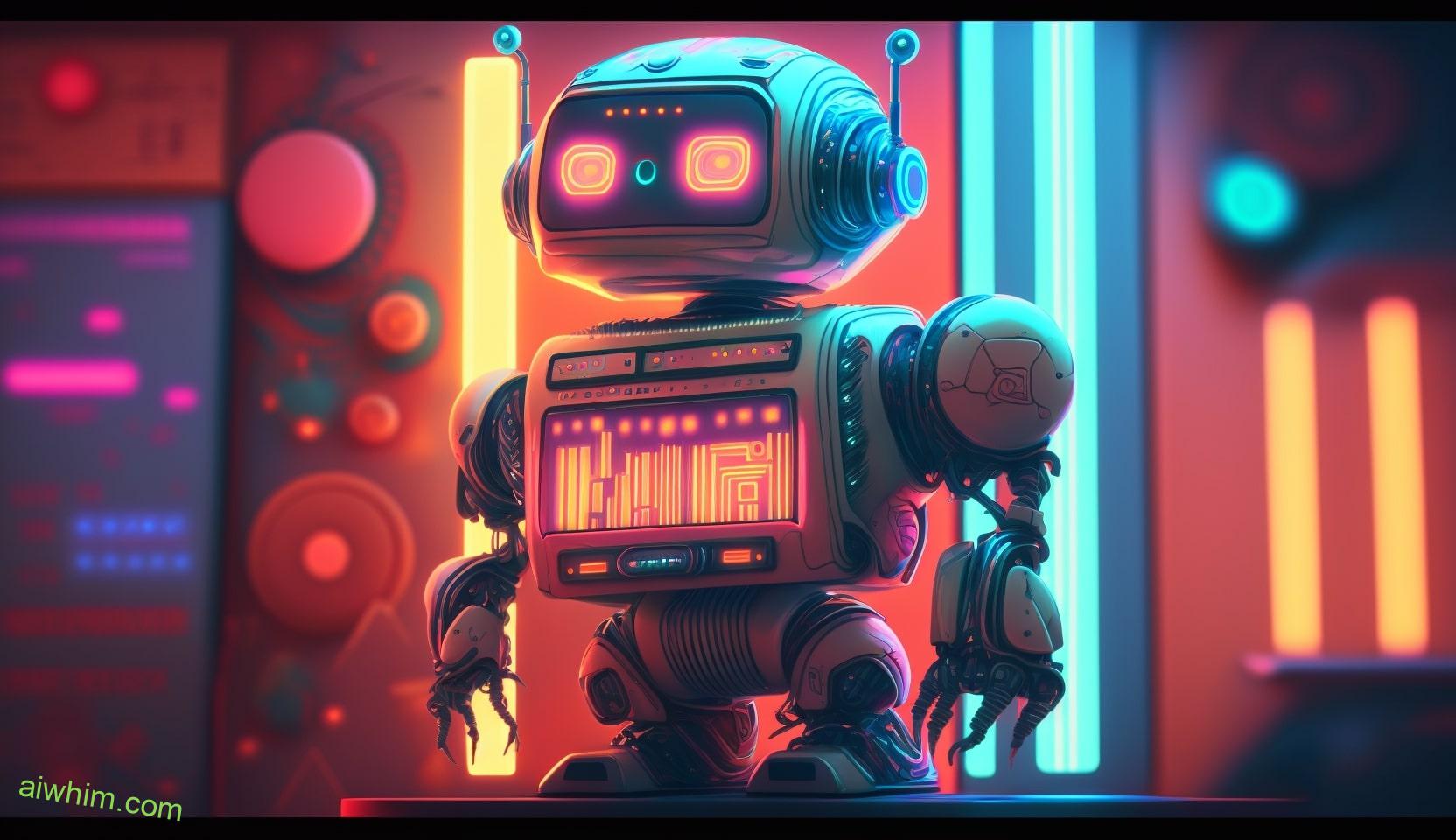
Enhancing Safety in Sheet Metal Work With AI
To enhance safety in sheet metal work, AI technology offers innovative solutions that can revolutionize the industry. By incorporating AI into sheet metal work processes, you can greatly improve efficiency and reduce errors. Here are five ways AI can enhance safety in sheet metal work:
- Real-time monitoring: AI-powered sensors can monitor the work environment and equipment, detecting any potential hazards or malfunctions. This allows for immediate response and preventive measures to be taken, minimizing the risk of accidents.
- Predictive maintenance: AI algorithms can analyze data from equipment sensors to predict when maintenance is needed. By identifying potential issues before they cause a breakdown, AI can prevent accidents caused by equipment failure.
- Automated safety checks: AI can automate safety checks, ensuring that all safety protocols are followed before and during sheet metal work. This eliminates the risk of human error and improves overall safety compliance.
- Virtual simulations: AI can create virtual simulations of sheet metal work processes, allowing workers to practice and identify potential safety risks in a controlled environment. This virtual training can help reduce on-the-job accidents.
- Intelligent robotics: AI-powered robots can perform repetitive and dangerous tasks, reducing the risk of injuries to human workers. These robots can also be equipped with advanced sensors to detect and avoid potential hazards.
Implementing AI technology in sheet metal work not only enhances safety but also increases productivity and reduces costs. By improving efficiency and reducing errors, AI can revolutionize the sheet metal industry, providing a safer and more productive work environment.

Training and Upskilling in the Age of AI
Incorporating AI into sheet metal work processes requires a focus on training and upskilling to ensure workers can effectively utilize the technology. As AI continues to develop and automate certain tasks, it’s crucial for sheet metal workers to adapt and enhance their skills to remain valuable in the industry.
To address this need, AI training programs have been introduced to help workers develop the necessary AI skills. These programs offer a range of courses and workshops that cover topics such as programming AI algorithms, operating AI-powered machinery, and analyzing data generated by AI systems. By participating in these programs, workers can acquire the knowledge and expertise needed to work alongside AI technologies.
AI skills development is a continuous process. As AI evolves, so do the skills required to work with it. Therefore, it’s essential for sheet metal workers to stay updated with the latest advancements in AI technology through ongoing training and upskilling initiatives. This won’t only enable them to effectively collaborate with AI systems but also remain competitive in the job market.
The benefits of investing in AI training programs and skills development are manifold. Workers gain the ability to operate AI-powered machines more efficiently, increasing productivity and reducing errors. They also become adept at leveraging AI-generated data to make informed decisions, leading to improved quality and cost-effectiveness in sheet metal work processes.

Job Opportunities and Challenges for Sheet Metal Workers
Sheet metal workers face both opportunities and challenges in their job roles. As the job market evolves with technological advancements, it’s crucial for sheet metal workers to adapt and embrace the changes. Here are some key points to consider:
- Increased demand: With the growing construction industry and advancements in infrastructure projects, there’s a high demand for skilled sheet metal workers. This creates numerous job opportunities for those with the right skills and expertise.
- Automation and AI integration: Technological advancements have led to the integration of automation and artificial intelligence in the sheet metal industry. While this may raise concerns about job security, it also opens up new avenues for sheet metal workers to work alongside these technologies and enhance their productivity.
- Upskilling and continuous learning: To stay relevant in the ever-changing job market, sheet metal workers must invest in upskilling and continuous learning. By acquiring new skills and adapting to emerging technologies, they can position themselves for better job opportunities and career growth.
- Diversification of job roles: Technological advancements have also resulted in the expansion of job roles for sheet metal workers. From traditional tasks like cutting and shaping metal to operating and maintaining automated machinery, this diversification offers a chance to explore different aspects of the profession.
- Collaboration with other trades: As the industry becomes more integrated, sheet metal workers are increasingly required to collaborate with professionals from other trades. This provides an opportunity to learn from different perspectives, broaden their skill set, and contribute to more complex projects.

Adapting to Ai-Driven Workflow Changes
Embracing the impact of AI-driven workflow changes is crucial for you, as a sheet metal worker, to stay competitive in the evolving job market. Adapting to changing workflows can be challenging, but it’s essential for your long-term success and job satisfaction.
As AI technology continues to advance, it’s transforming the way sheet metal work is done. Automation and machine learning are streamlining processes, improving efficiency, and reducing the need for manual labor. This means that your role as a sheet metal worker may undergo significant changes.
To adapt to these AI-driven workflow changes, you must be willing to embrace new technologies and acquire new skills. Take advantage of training programs and workshops that can help you understand and utilize AI tools effectively. By staying updated and knowledgeable about the latest advancements, you can position yourself as a valuable asset to your employer.
While the implementation of AI may initially be intimidating, it can ultimately have a positive impact on your job satisfaction. With AI handling repetitive and mundane tasks, you’ll have more time to focus on complex problem-solving, design creativity, and customer interaction. This shift in responsibilities can lead to a more fulfilling and engaging work experience.
To ensure a smooth transition, actively seek opportunities to collaborate with AI systems and learn from them. By working alongside AI, you can leverage its capabilities to enhance your own performance and productivity. Embrace the change and view AI as a tool that can augment your skills, rather than as a threat to your job security.

The Future of Sheet Metal Work in the AI Era
To thrive in the AI era, it’s essential for you, as a sheet metal worker, to adapt and leverage new technologies to enhance your skills and productivity. The future job prospects in the sheet metal industry will be greatly influenced by technological advancements, and it’s crucial for you to stay ahead of the curve. Here are some key points to consider:
- Embrace automation: With the rise of AI in the industry, automation will play a significant role in sheet metal work. By familiarizing yourself with automated machinery and software, you can increase your efficiency and take on more complex projects.
- Upskill and reskill: As AI continues to evolve, it’s important to continuously update your skills to remain relevant. Seek out training opportunities to learn about the latest tools and techniques in sheet metal work. This won’t only enhance your job prospects but also open up new avenues for career growth.
- Adapt to new roles: While AI may automate certain tasks, it also creates new opportunities for sheet metal workers. By expanding your knowledge in areas such as programming, data analysis, and robotics, you can take on roles that involve overseeing AI-driven systems and optimizing their performance.
- Emphasize craftsmanship: While AI can perform certain tasks more efficiently, it can’t replicate the skills and craftsmanship of a skilled sheet metal worker. Focus on honing your craft and delivering high-quality work that showcases your expertise. This will ensure that your value as a skilled professional remains irreplaceable.
- Collaborate with AI: Instead of viewing AI as a threat, embrace it as a tool that can enhance your abilities. Work alongside AI systems to improve precision, speed, and accuracy in your work. By combining your expertise with AI technology, you can achieve exceptional results and stay ahead in the industry.

Collaboration Between Humans and AI in Sheet Metal Industry
As the sheet metal industry embraces the advancements of AI, the collaboration between humans and AI systems becomes a vital aspect of maximizing efficiency and quality in the field. In order to optimize workflow and ensure seamless integration between humans and AI, a strong collaboration is necessary.
Human AI collaboration in the sheet metal industry involves combining the unique strengths of both humans and AI systems. While AI can process large amounts of data quickly and perform repetitive tasks with precision, humans bring creativity, problem-solving abilities, and critical thinking skills to the table. By working together, humans and AI can achieve better results than either could on their own.
One way in which humans and AI collaborate in the sheet metal industry is through the use of AI-powered design software. Designers can leverage AI algorithms to generate optimized designs based on specific parameters and constraints. This not only speeds up the design process but also ensures that the final product meets the required specifications.
Another area where human AI collaboration is crucial is in the fabrication process. AI systems can analyze data from sensors and machines to monitor and control the production line. Humans, on the other hand, can provide oversight, make real-time adjustments, and handle complex tasks that require intuition and experience.
To facilitate effective collaboration, it’s important to have clear communication channels between humans and AI systems. Humans should be able to understand and interpret the information provided by AI systems, while AI systems should be able to comprehend and respond to human commands and feedback.

Ethical Considerations in AI Adoption for Sheet Metal Workers
Consider the ethical implications of integrating AI technology into the work of sheet metal workers. As the adoption of AI continues to grow in the sheet metal industry, it’s important to address the potential ethical concerns that arise from its implementation. Here are some key ethical considerations and data privacy issues to keep in mind:
- Bias and Discrimination: AI systems are designed based on existing data, which may contain biases. It’s crucial to ensure that AI algorithms used in sheet metal work don’t perpetuate discrimination or favor certain groups of workers over others.
- Job Displacement: The introduction of AI technology has the potential to automate certain tasks traditionally performed by sheet metal workers. This may lead to job displacement and raise concerns about the future employment prospects of these workers.
- Data Privacy: AI systems rely on vast amounts of data to function effectively. The collection and use of worker data raise questions about privacy and the protection of personal information. It’s important to implement robust data privacy policies and measures to safeguard the sensitive information of sheet metal workers.
- Transparency and Accountability: AI technologies often operate as black boxes, making it difficult to understand how decisions are made. Ensuring transparency in AI systems used in sheet metal work is essential for workers to trust and understand the technology. Additionally, mechanisms for holding AI systems accountable for their actions should be established.
- Human Oversight and Control: While AI can enhance the efficiency and accuracy of sheet metal work, human oversight and control are crucial. It’s essential to strike a balance between the capabilities of AI systems and the expertise and judgment of sheet metal workers.
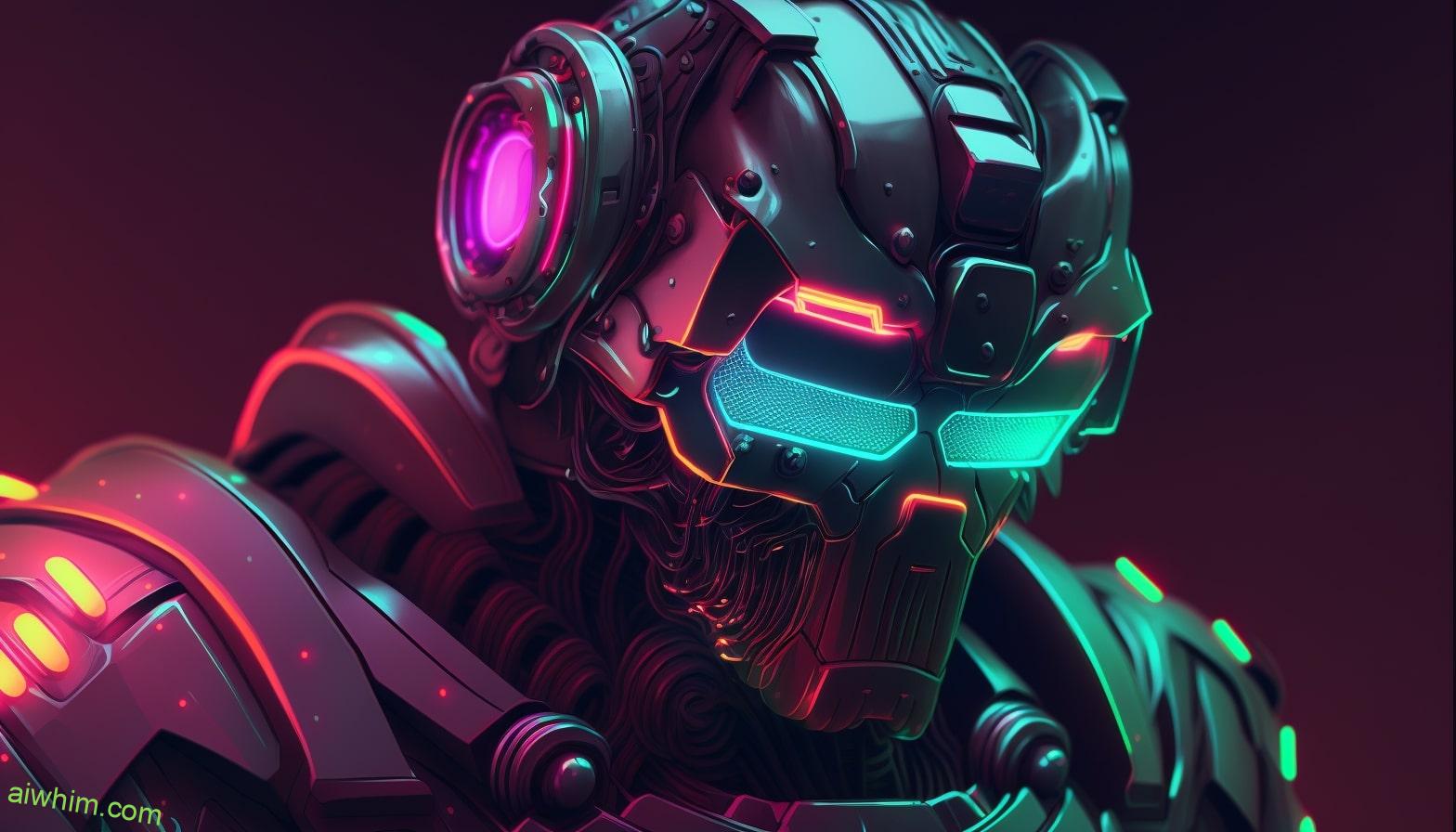
Making the Most of AI Advancements in Sheet Metal Work
Maximize the benefits of AI advancements in sheet metal work by embracing new technologies and leveraging their potential for increased efficiency and precision. The sheet metal industry is constantly evolving, and with the rise of AI, there are endless opportunities to enhance your workflow and stay ahead of the competition.
One of the key advantages of AI advancements in the sheet metal industry is the ability to automate repetitive tasks. By implementing AI-powered machines, you can significantly reduce manual labor and free up valuable time for more complex and creative work. This not only increases efficiency but also allows you to take on larger projects and meet tight deadlines without compromising on quality.
Additionally, AI can improve precision in sheet metal work. With advanced algorithms and machine learning capabilities, AI systems can analyze data and make accurate predictions, leading to more precise cutting, bending, and shaping of metal. This ensures that your finished products are of the highest quality, meeting the exact specifications required by your clients.
To make the most of AI advancements, it’s crucial to invest in training and upskilling your workforce. By providing your employees with the necessary knowledge and skills to operate AI-powered machinery, you can empower them to work alongside these technologies and maximize their potential. This not only benefits your business but also ensures job security for your workers as AI becomes more integrated into the industry.

Frequently Asked Questions
How Will AI Impact the Job Security of Sheet Metal Workers?
AI will impact the job security of sheet metal workers by potentially displacing some jobs. However, with proper skill retraining, you can adapt and find new opportunities in emerging industries. Embrace change and seize your freedom.
What Are the Potential Ethical Concerns With the Adoption of AI in the Sheet Metal Industry?
When considering the adoption of AI in the sheet metal industry, it’s important to address potential ethical concerns. AI ethics and the social impact of automation should be carefully considered to ensure freedom and fairness.
How Can Sheet Metal Workers Adapt to the Workflow Changes Brought About by AI?
To adapt to the workflow changes brought by AI in the sheet metal industry, you need to embrace new technologies and acquire the necessary training. This will help you stay relevant and effectively utilize the advancements in your job.
What Are the Key Advancements in AI Technology That Will Benefit Sheet Metal Work?
Advancements in AI technology will benefit sheet metal work by increasing efficiency, accuracy, and safety. AI-powered tools can automate repetitive tasks, analyze data for better decision-making, and enhance precision in fabrication processes.
How Can Collaboration Between Humans and AI Improve Efficiency in the Sheet Metal Industry?
You can revolutionize the sheet metal industry by harnessing the power of AI-human collaboration. Together, you’ll achieve unparalleled efficiency, transforming the way things are done. It’s a game-changer, pushing boundaries and unlocking new possibilities.

Conclusion
So, sheet metal workers, get ready to take a backseat because AI is here to steal your thunder! With increased precision, streamlined processes, and AI-powered design tools, the future of sheet metal work is looking more automated than ever.
But fear not, humans, for collaboration between man and machine is key. Just remember to consider the ethical implications of AI adoption.
Embrace the advancements and make the most of this sheet metal revolution!

